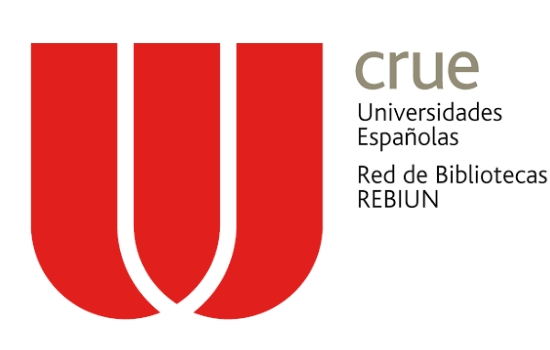Symmetrical freedom quilts: the ethnomathematics of ways of communication, liberation, and art
Palabras clave:
Freedom Quilts, Underground Railroad, Mathematics, Ethnomathematics, Geometry, Symmetry, Quilts da Liberdade, Matemática, Etnomatemática, Geometria, SimetriaResumen
Abstract
Symmetrical Freedom Quilts may be considered as links between mathematics, history, ethnomathematics, and the art of quilting. A quilt theme is a pedagogical way to integrate mathematics, art, and history in an interdisciplinary approach. This article combines an ethnomathematical-historical perspective by elaborating a history project related to the Underground Railroad. This work will allow teachers to develop classroom projects that help students to better understand geometry, especially concepts of symmetry and transformations. One of the objectives of this project is to stimulate student’s creativity and interest, because quilts may be considered as cultural and mathematical expressions of student’s daily life.
Resumo
Os Quilts Simétricos da Liberdade podem ser considerados como um elo entre a matemática, a história, a etnomatemática e a arte de quilting. O tema quilt é um modo pedagógico que integra a matemática, a arte e a história numa abordagem interdisciplinar. Este artigo combina uma perspectiva histórica-etnomatemática ao elaborar um projeto de história relacionado com o Underground Railroad. Este trabalho permite que os professores desenvolvam projetos em sala de aula que auxiliam os alunos ao melhor entendimento da geometria, especialmente, os conceitos de simetria e transformações. Um dos objetivos deste projeto é estimular a criatividade e o interesse dos alunos, pois os quilts podem ser considerados como expressões culturais e matemáticas do cotidiano dos alunos.
Descargas
Referencias
Brackman, B. (2006). Facts & Fabrications: Unraveling the History of Quilts & Slavery. Lafayette: C & T Publishing.
Burns, E., Bouchard, S. (2003). Underground Railroad: Sampler. San Marcos: Quilt in a Day, Inc.
Colby, A. (1971). Quilting. New York: Charles Scribner's Sons.
D’Ambrosio, U. (1990). Etnomatemática [Ethnomathematics]. São Paulo: Editora Ática.
Eglash, R. (2002). African Fractals: Modern Computing and Indigenous Design. New Brunswick, NJ: Rutgers University Press
Rosa, M., Orey, D. C. (2006). Abordagens Atuais do Programa Etnomatemática: Delineando-se um Caminho para a Ação Pedagógica [Current Approaches in the Ethnomathematics as a Program: Delineating a Path toward Pedagogical Action]. BOLEMA, 19(26): pp. 19 – 48.
The Annenberg/CPB Projects (2008). Shape and Space in Geometry. Teachers Lab. Retrieved March 17, 2008, from http://www.learner.org/teacherslab/math/geometry/
Tobin, J. L., Dobard, R.G. (1999). Hidden in Plain View: The Secret Story of Quilts and the Underground Railroad. Doubleday: New York.
Wilson, S. S. (2002). The Secret Quilt Code. Traditional Quiltworks, 79, pp.6–9.
Descargas
Publicado
Número
Sección
Licencia
Derechos de autor
Una vez que el artículo es aceptado por la Revista Latinoamericana de Etnomatemática, los/as autores ceden los derechos para publicar y distribuir el texto electrónicamente, así como para archivarlo y hacerlo accesible en línea.
Los autores podrán distribuir su propio material sin solicitar permiso a la Revista Latinoamericana de Etnomatemática, siempre que se mencione que la versión original se encuentra en https://revista.etnomatematica.org
Copyright © 2008, Revista Latinoamericana de Etnomatemática
Todos los contenidos de la Revista Latinoamericana de Etnomatemática se publican bajo la Licencia Creative Commons Atribución 4.0 Internacional y pueden ser usados gratuitamente dando los créditos a los autores y a la Revista, como lo establece esta licencia.











